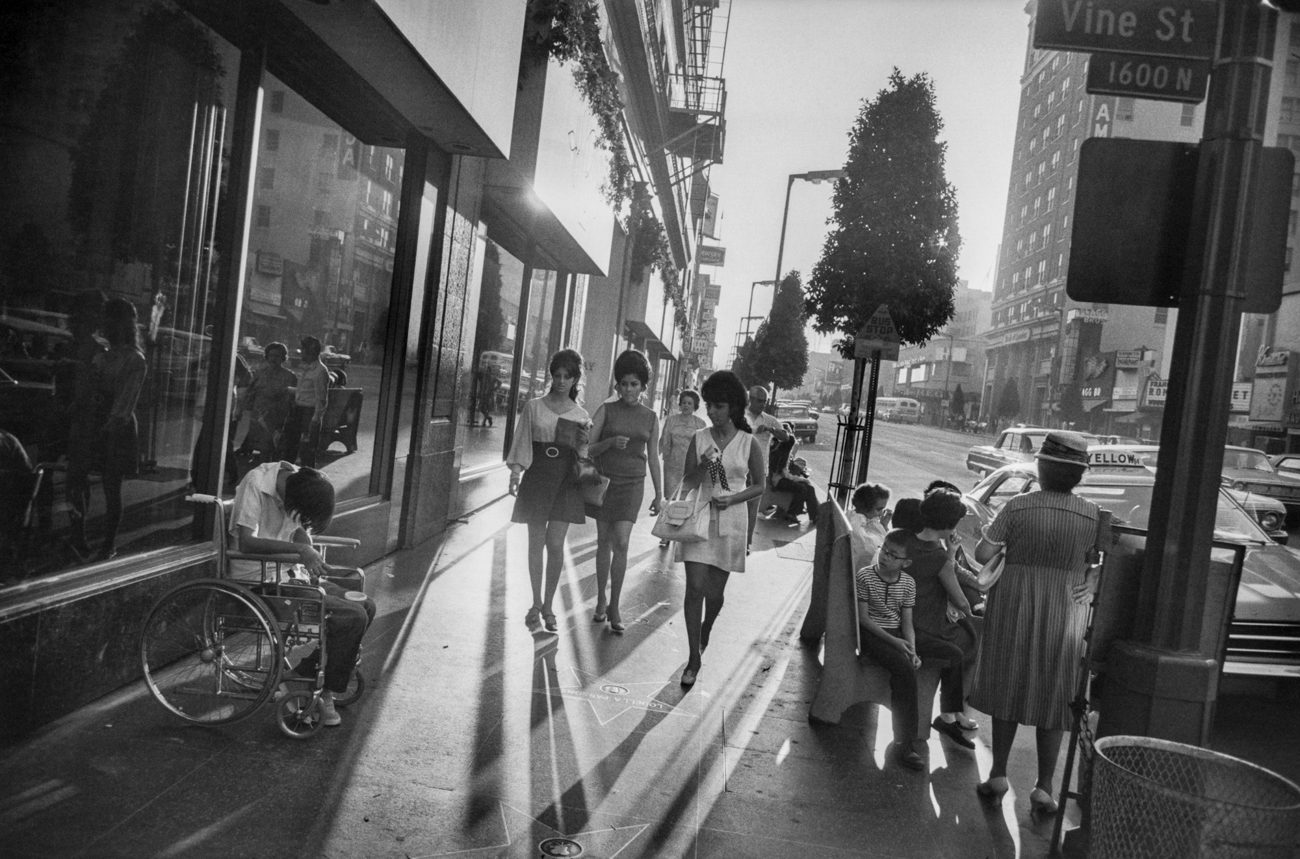
Putting Transparency in its Place
Murray Smith, University of Kent
October 14, 2016 · 4:00 pm—5:00 pm · Bowl 2 Robertson
Philosophy, Eberhard L. Faber 1915 Memorial Fund in the Council of the Humanities

“I take photographs so that I can see how the world looks photographed.”
—Garry Winogrand
Abstract: According to George Wilson, film as a medium is characterized by a powerful ‘transparency,’ such that we seem to ‘see through’ a cinematographic image to the objects it depicts, in contrast to the impression typically evoked by paintings, whereby we seem to see the objects ‘in’ the marked surface. By implication, while our perception of paintings is characterized by what Richard Wollheim terms ‘twofoldness’ – simultaneous awareness of the representational surface and of what is represented – our perception of films is ‘onefold’: we see through the screen to the objects depicted. At its limit, such onefold perception is, in the words of Dom Lopes, ‘phenomenologically indistinguishable’ from our perception of the world itself.
I seek to show that, while superficially similar to Kendall Walton’s influential account of photographic transparency, Wilson’s theory is quite distinct from it. Wilson’s account refines, but broadly accords with, the orthodox view in film theory: mainstream narrative films exploit the transparency inherent in the medium in order to maximize the ‘illusion of reality,’ the impression that as we watch a film we actually perceive the events of the narrative unfold before us. Reflexive films are then those works that take the radical steps necessary to shatter the effect of transparency, giving us access to a kind of knowledge denied by mainstream fare. In this way reflexive films lay claim to a special kind of epistemic virtue. In this paper I argue that whatever ‘transparency’ is possessed by mainstream fiction films is often oversimplified and mischaracterized, and that the epistemic claims for reflexive works based on this caricature are consequently overstated. Put differently, I argue that a current of reflexive awareness is present in even the most conventional and realist of representations, and that such fictions cannot therefore function as the ‘straight man’ for reflexive representations in the way that the standard theory assumes.
This colloquium is jointly supported by the Philosophy Department, the Eberhard L. Faber 1915 Memorial Fund in the Council of the Humanities, and Film Studies.















